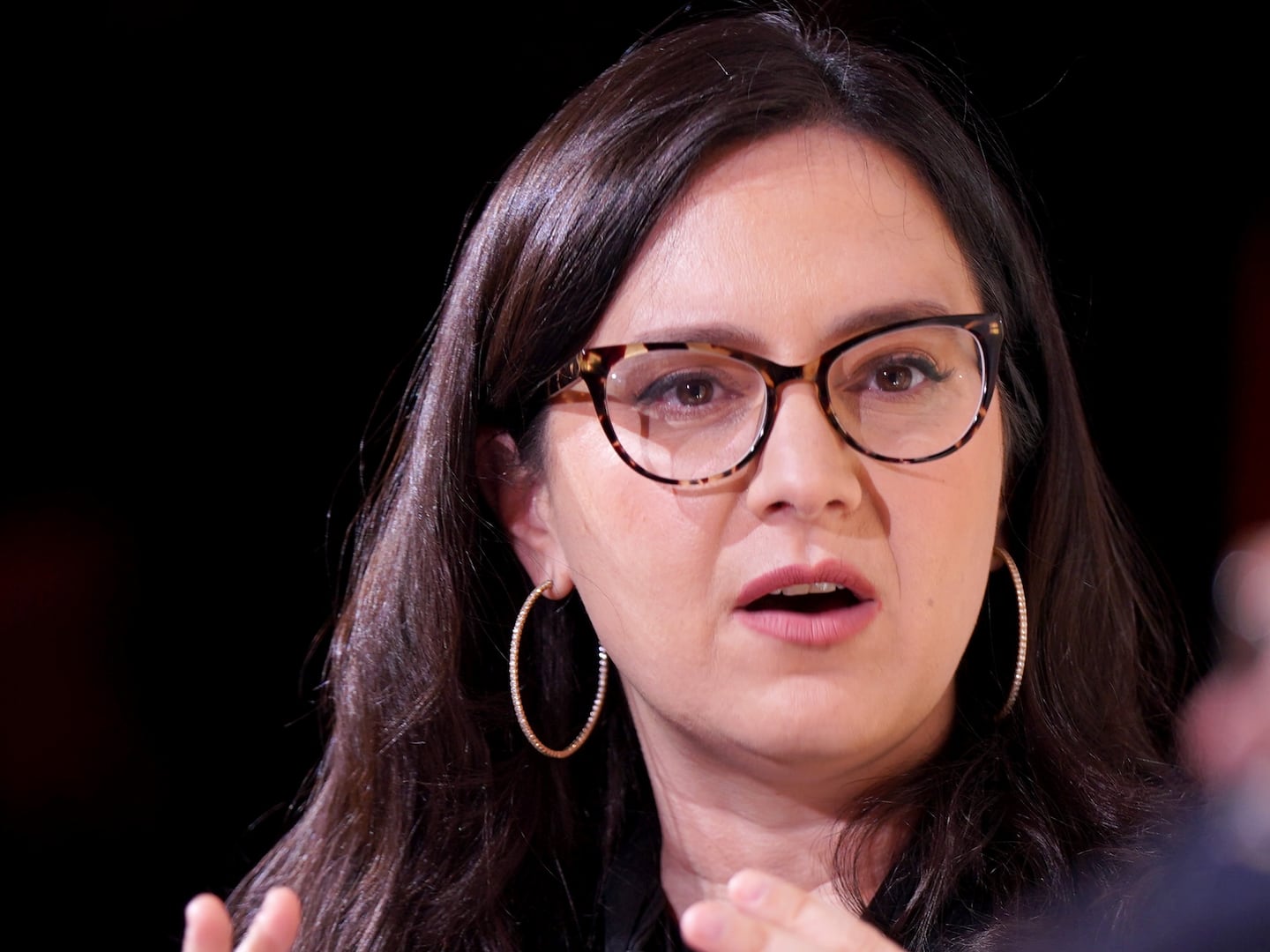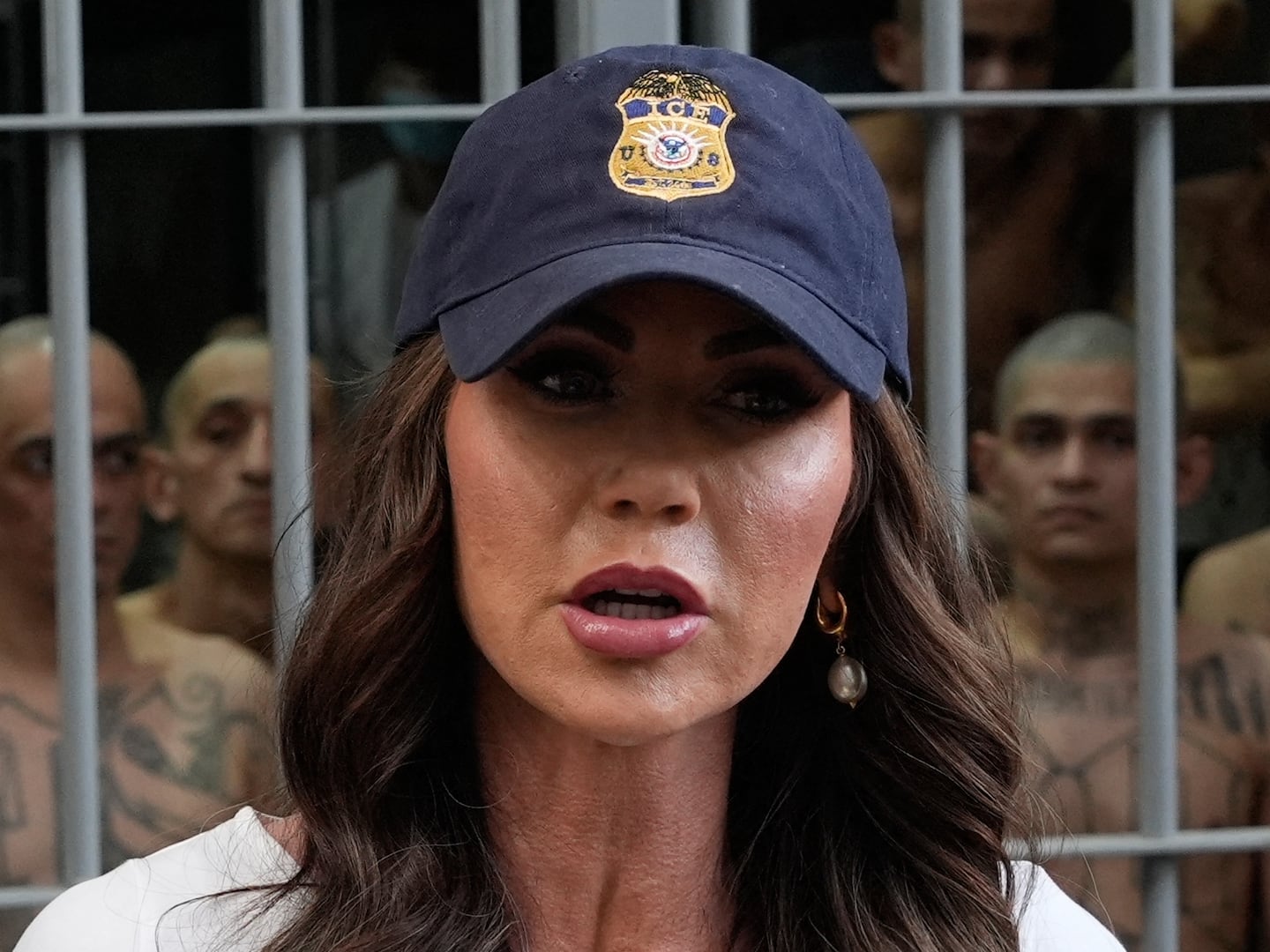What compels a person to jump in front of bullets?
In the aftermath of Wednesday's mass shooting at Marjory Stoneman Douglas High School in Parkland, Florida, stories emerged of panic, confusion, and the heroism of two teachers.
Aaron Feis, an assistant football guard and security guard at the high school, put himself in the line of fire to protect students, according to a tweet from Douglas High School's football team. “I saw him running towards the gunshots as soon as they had started to happen,” a survivor told CNN.
He wasn’t the only hero. Geography teacher Scott Beigel reportedly shielded his students, and paid with his life for doing so. Athletic director Chris Hixon was also hailed a hero by Broward County Superintendent of Schools Robert W. Runcie.
What motivates people like Feis, Beigel, and Hixon has especially interested researchers because it goes against what we're biologically programmed to do: run away from danger. Our instinct when we hear a loud noise is to tense up, shudder, and maybe even crouch to protect ourselves.
The human body goes into immediate emergency mode when it senses danger is nearby: The automatic nervous system sends a “code red” signal of sorts to the body.
That pings the amygdala—the almond-shaped part of the brain responsible for processing emotions—to go into fight-or-flight mode, judging the threat: Is it just a plate slipping off a ledge in the corner or is it gunshots? The adrenal cortex, which processes and responds to stress, will release a class of hormones called catecholamines.
Catecholamines include adrenaline and dopamine, which fuel the flight-or-fight response by sharpening senses, making the heart beat faster, and making the person breathe faster to bring in more oxygen to muscles, perhaps even leading to increased strength.
That fight-or-flight response means that when a person hears gunshots, they (usually) automatically perceive that to mean it's futile to fight and to run away. Which means people like Feis who stand in the way of a shower of bullets willingly and within a split second are somehow reacting differently than a normal person.
A 2014 study published in PLOS ONE by David Rand and Ziv Epstein at Yale University offered some insight into what makes the brain of a "hero" different from any other person.
Titled “Risking Your Life Without a Second Thought: Intuitive Decision-Making and Extreme Altruism,” Rand and Epstein took 300 volunteers and had them analyze the statements of 51 people awarded the Carnegie Hero Medal, an honor reserved for “civilians who risk their lives to save strangers.”
What Rand and Epstein were trying to understand was whether these heroes automatically went to save a stranger, or had to think—even for a split second—about the consequences of their actions, “to override negative emotions like fear.”
Were heroes intuitively jumping in the line of fire, or did they have to perform some mental calculus and deliberate about doing so?
What Rand and Epstein found was that nearly every hero had an incentive to respond. That’s not to say they didn't want to or that they were saving a life to make themselves look good, but rather that they had calculated in the blink of an eye that doing so was the right thing to do and that they would be disappointed in some way if they didn't act.
It all aligns with a concept in social psychology known as the Social Heuristics Hypothesis, which suggests that people who are extreme altruists, or heroes, internalize the information that is presented to them—a stranger is in danger and in need of help—to offset the biological part of their response that is urging them to run away.
In other words, the heroism displayed by everyday heroes often includes a tiny, lightening-fast calculation to step in and save the day.
There are some caveats that should be addressed. Rand and Epstein used testimonials from people who survived their heroic effort; Feis and others who have stepped in the line of fire aren't alive to explain their motivations.
Feis was familiar with the people he saved, students he personally coached or, at the very least, was exposed to in the hallways of the high school.
That degree of familiarity cuts down the part of the debating process of saving a life, and is instinctual—even if you're not close to a person or consider them an acquaintance, the fact that you've seen them or been exposed to their presence hacks away at the calculating part of heroism.
“Helping others is usually in one's long-term self-interest in the context of most daily-life interactions with friends, family members and co-workers,” the authors wrote in 2014. “This leads the development of helping as an automatic default, which then sometimes gets applied in atypical settings where helping is extremely costly, such as the [Carnegie Hero Medal Recipient] scenarios.”
There's research to prove that familiarity with a person and who they are helps cut down on that split second thinking.
A 2005 study published in the Journal of Personality asked 196 people—80 Gentiles who helped hide and save Jewish refugees from Nazis during World War II, 73 bystanders who didn’t do anything one way or the other to help the refugees, and 43 Jewish immigrants who escaped Nazism—to take personality tests.
They found that the 80 heroic Gentiles had a slightly higher tolerance for taking risks and had been exposed to Jews through family and friends, making them seem more human. Previous studies have also shown that those who rush to save others are far more likely to be risk takers.
And that leads to the final sticky point about trying to understand what drives a hero: It’s nearly impossible to test in a laboratory. How do you replicate creating stress that puts a person to the point of death?
It’s unethical to push a person into that sort of situation and to measure how their brain is reacting, which makes our understanding of heroism and its unique psychology hazy at best.
For Feis, and the unfortunate other heroes in past mass shootings and violent acts who have literally stepped in the line of fire, the secrets of how their brains work in that specific moment remain a mystery.






